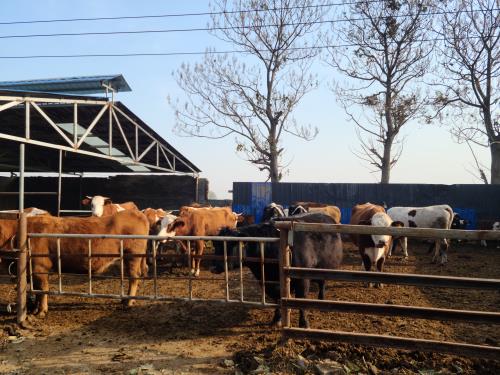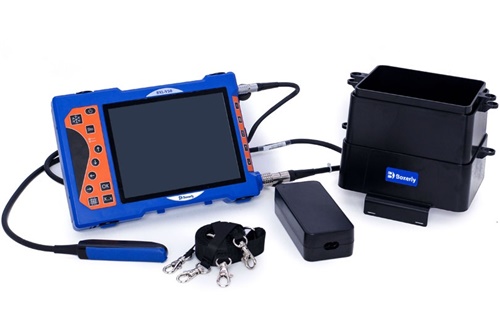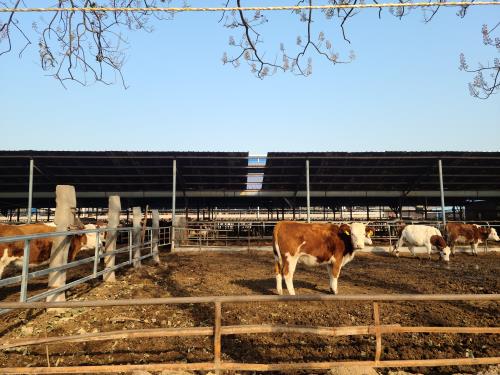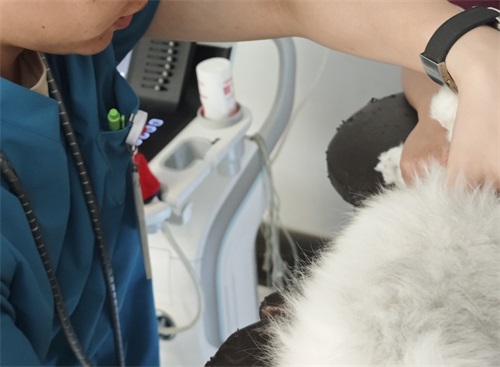Running a successful livestock farm is no longer just about traditional methods and hard work—it’s also about choosing the right tools to ensure efficiency, animal welfare, and profitability. From feeding automation to veterinary diagnostic devices, modern farms are increasingly adopting a wide range of specialized equipment to meet both production and health management goals.

This article outlines six essential pieces of equipment every livestock farmer should consider, combining practical experience with insights from international farming communities.
1. Automated Feeding Systems
Feeding accounts for up to 70% of operational costs on most livestock farms. Ensuring animals receive the right nutrients at the right time, in the right amounts, is critical for both productivity and profitability. Automated feeding systems help manage this process with remarkable precision.
Modern feeding systems can be programmed to deliver customized rations to different animal groups. These systems reduce labor costs, minimize feed waste, and improve animal performance. In countries like Denmark and the Netherlands, such technology is already standard, especially in dairy and swine operations. Farmers in these regions report better feed conversion ratios and more consistent weight gains among their animals.
2. Livestock Scales and Weighing Platforms
Accurate weight data is fundamental for monitoring animal growth, determining the right time for breeding or slaughter, and adjusting feeding plans. Traditional visual assessments or rough estimates can lead to overfeeding, underfeeding, or missed market windows.
Digital livestock scales provide objective measurements and allow farmers to track progress over time. These platforms are especially useful in large-scale beef cattle or sheep operations. In the United States, Australia, and New Zealand, smart weighing systems integrated with RFID ear tags and mobile apps are becoming increasingly popular for their convenience and traceability benefits.
3. Veterinary ultrasound Devices
Among the most transformative technologies for livestock farmers is veterinary ultrasound, particularly B-mode ultrasound. This non-invasive imaging tool allows farmers to monitor reproductive health, confirm pregnancies, evaluate muscle growth, and detect early-stage diseases.
For instance, the BXL-V50 portable veterinary ultrasound scanner offers high-resolution imaging and can be used in cattle, pigs, sheep, and even companion animals. With its IP56 waterproof rating and more than 7 hours of battery life, it’s well-suited for rugged farm environments.

BXL-V50 portable veterinary ultrasound scanner
In reproductive management, ultrasound enables early pregnancy detection in cows or sows as soon as 25–30 days post-insemination. This allows farmers to make timely decisions—such as rebreeding open animals or adjusting nutrition plans—ultimately saving both time and money.
Ultrasound is also invaluable for assessing eye muscle area (EMA) and backfat thickness in pigs and cattle, which helps predict meat yield and carcass quality. Countries like Canada, Brazil, and Japan have widely adopted this approach as part of genetic selection and market grading systems.
4. Manure Management Systems
Animal waste, if poorly managed, becomes both a logistical challenge and an environmental hazard. Effective manure management systems—such as scrapers, separators, and lagoon agitators—help convert waste into value.
In European countries with stricter environmental regulations, farmers often use anaerobic digesters to turn manure into biogas, a renewable energy source. Even without advanced technology, systems that keep manure contained and separated from clean water sources can improve hygiene, reduce disease risks, and support pasture fertility when composted properly.
For pig and dairy operations, automated floor scrapers or slatted flooring systems reduce labor and maintain cleaner housing conditions, which supports animal welfare and reduces hoof problems.
5. Climate Control and Ventilation Systems
Heat stress is a major concern in livestock farming, particularly in poultry, swine, and dairy operations. Poor ventilation also increases the risk of respiratory diseases and lowers productivity.
Modern barns use automated climate control systems to maintain optimal temperature, humidity, and air circulation. These systems may include fans, misters, curtain walls, and even geothermal heating or cooling units. In countries like the U.S. and China, large-scale farms often use climate-control software that adjusts conditions in real-time based on weather data and internal barn sensors.
Beyond improving animal comfort, these systems help maintain feed intake, fertility rates, and milk or egg production during extreme weather conditions.
6. Mobile Animal Handling Equipment
Safe and efficient handling of animals is essential for routine procedures like vaccinations, deworming, hoof trimming, and pregnancy checks. Fixed handling facilities are often costly and less flexible, especially for mobile grazing operations.
Mobile chutes, squeeze panels, and portable corrals offer a flexible solution. These systems are especially useful in extensive sheep or beef cattle farms found in Australia, Canada, and parts of South America.
By minimizing animal stress and reducing the risk of injury to both animals and workers, mobile handling systems are a worthwhile investment. They also improve the speed and efficiency of farm operations, making it easier to maintain animal health on schedule.
The Value of Technology in Livestock Farming
Today’s farmers face rising input costs, environmental regulations, and growing consumer demand for traceability and animal welfare. In response, they’re increasingly turning to technological solutions to improve outcomes across every aspect of farm management.
The equipment mentioned above represents more than just mechanical tools—they’re decision-making aids, providing accurate data that farmers can use to optimize production.
For example:
A veterinary ultrasound like the BXL-V50 offers real-time insight into reproductive health and fattening status.
Livestock scales help determine ideal market timing.
Automated feeders ensure consistent, cost-effective nutrition.
When integrated into a well-designed farm management system, these technologies enable precision livestock farming—an approach gaining traction worldwide.
Conclusion
For livestock farmers navigating today’s complex agricultural environment, investing in the right equipment is not optional—it’s essential. Tools like automated feeders, veterinary ultrasound, smart scales, and climate systems aren't just conveniences; they're critical to animal health, economic efficiency, and long-term farm sustainability.
Among them, ultrasound technology stands out for its versatility and impact. Whether you're evaluating backfat thickness in pigs or diagnosing early pregnancy in cows, having a reliable ultrasound scanner on hand—such as the BXL-V50—can dramatically enhance your decision-making and boost profitability.
As global trends move toward smarter, more sustainable farming practices, the equipment we choose today will shape the farms of tomorrow.
Reference Sources:
Whitaker, D. A., & Smith, E. (2021). Veterinary Ultrasonography in Food-Producing Animals. Journal of Veterinary Imaging.
Beef Cattle Institute. (2023). “Use of Ultrasound for Growth Evaluation in Cattle.” https://www.beefcattleinstitute.org/ultrasound-growth
Kansas State University Extension. (2022). Precision Livestock Farming Tools. https://www.ksre.k-state.edu
European Food and Livestock Tech Summit. (2023). “Trends in Automated Feeding and Health Monitoring.” https://www.euflts.org
link: https://www.bxlimage.com/nw/1257.html
tags:








